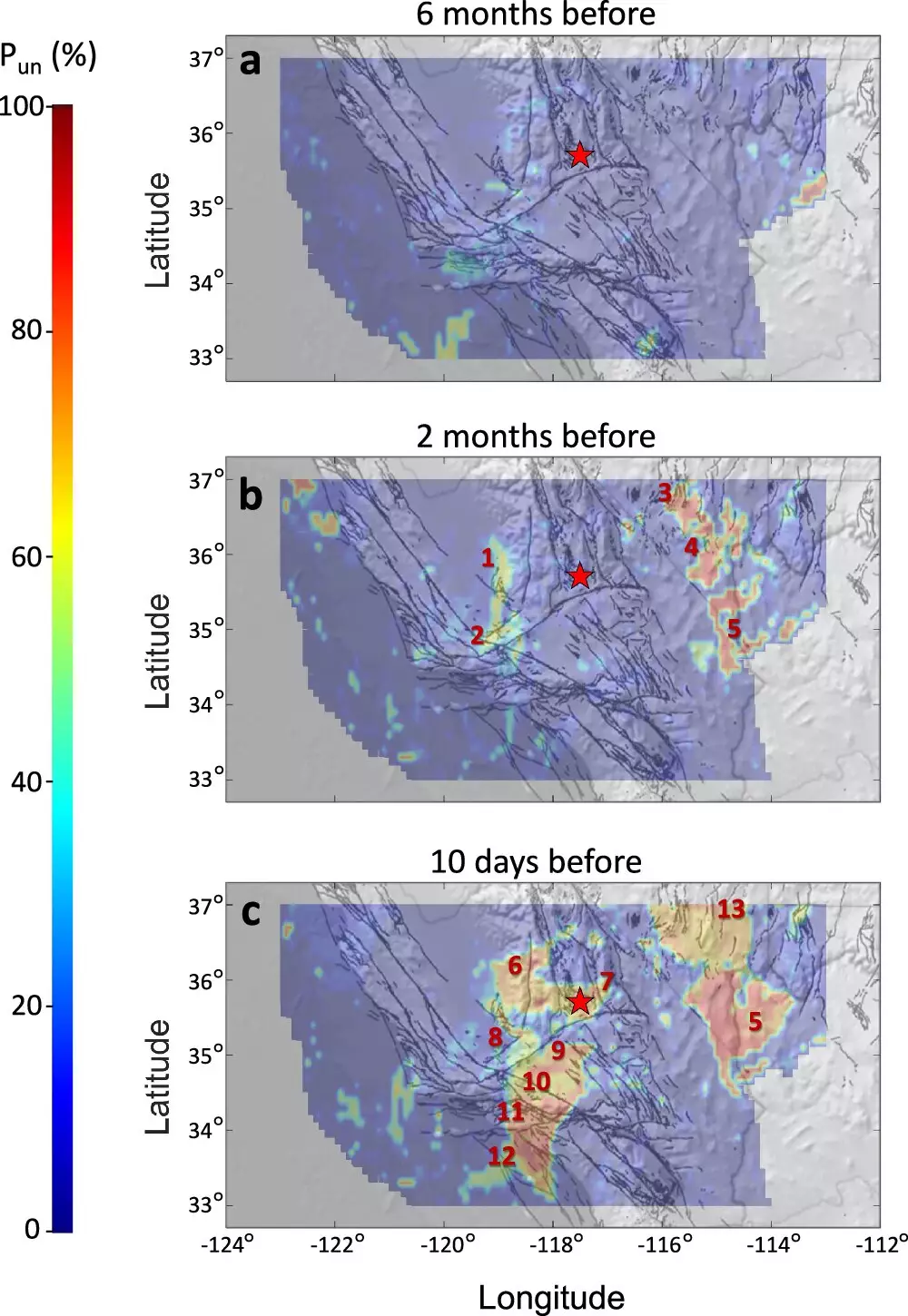Exploring the possibility of providing advanced warning for major earthquakes, a University of Alaska Fairbanks scientist, Társilo Girona, along with geologist Kyriaki Drymoni from Ludwig-Maximilians-Universität in Munich, Germany, conducted research analyzing seismic activity prior to two significant earthquakes in Alaska and California. Their work, recently published in Nature Communications, utilized machine learning to detect abnormal seismic activity as a precursor to large-magnitude earthquakes.
By developing a computer algorithm to analyze earthquake catalogs, Girona and Drymoni identified abnormal low-magnitude seismicity occurring about three months before the 2018 Anchorage earthquake and the 2019 Ridgecrest earthquake sequence. This unrest preceding major earthquakes was predominantly captured by seismic activity with magnitudes below 1.5. Their data-trained program indicated a notable increase in the probability of a major earthquake occurring within 30 days or fewer, reaching up to approximately 85% just days before the earthquakes struck.
The Role of Pore Fluid Pressure in Faults
Girona and Drymoni proposed a geological explanation for the low-magnitude precursor activity, attributing it to a significant increase in pore fluid pressure within faults. This increased pressure can lead to fault slip if it surpasses the frictional resistance between the rock layers on either side of the fault, altering the faults’ mechanical properties and causing abnormal seismicity. They suggest that these variations in pore fluid pressure contribute to the observed low-magnitude seismic activity preceding major earthquakes.
According to Girona, machine learning has been pivotal in revolutionizing earthquake research. The vast datasets produced by modern seismic networks can be effectively analyzed using machine learning techniques, providing valuable insights into seismic precursors and aiding in the identification of patterns that could indicate an impending earthquake. By leveraging advancements in high-performance computing, researchers can extract meaningful information from these datasets, potentially leading to improved earthquake forecasting capabilities.
Challenges and Ethical Considerations
While the authors acknowledge the potential benefits of their algorithm in providing early earthquake warnings, they emphasize the importance of testing it in near-real-time scenarios and caution against employing it in new regions without training the algorithm with the area’s historical seismicity. The inherent uncertainty in earthquake forecasting raises ethical and practical questions, as false alarms can disrupt economies and erode public trust, while missed predictions can have devastating consequences. Girona stresses the importance of accurate forecasting in saving lives and minimizing economic losses through timely evacuations and preparedness measures.
The research conducted by Girona and Drymoni highlights the promise of utilizing machine learning to identify precursors to major earthquakes, potentially providing valuable time for evacuation and preparation. As technology continues to advance, the ability to forecast seismic events with greater accuracy and specificity may become a reality, offering a crucial tool in mitigating the impact of earthquakes on affected regions.


Leave a Reply